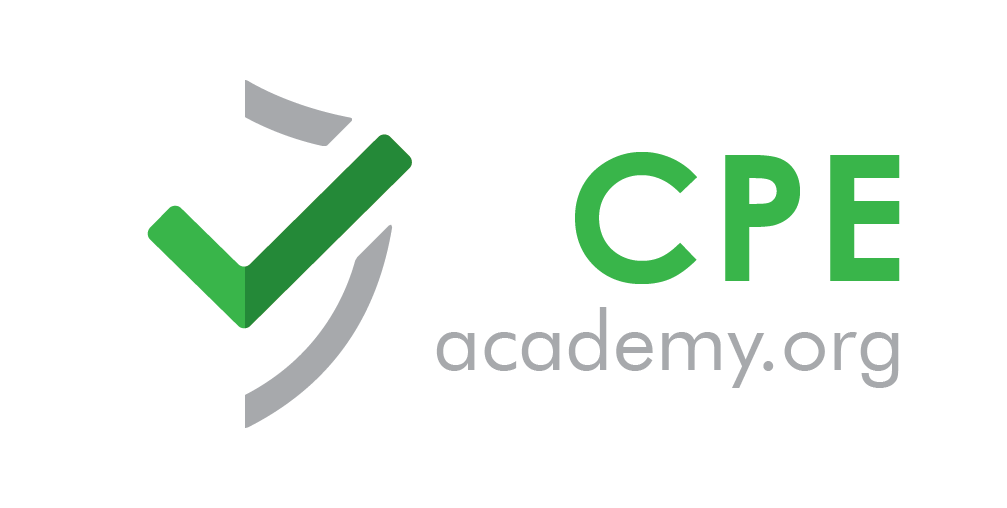Aug 29
/
IT CPE Team
Enhancing Your ISMS with NIST SP 800-53: A Comprehensive Guide for IT Professionals
In today’s rapidly evolving cybersecurity landscape, organizations need robust frameworks to safeguard their systems and data. While ISO/IEC 27001’s Annex A provides a solid foundation for an Information Security Management System (ISMS), it often lacks the granular, actionable guidance required for complex environments. Enter NIST SP 800-53—a comprehensive control catalog designed for federal agencies but adaptable for any organization seeking to elevate its security posture. With over 1,000 controls across 20 families, NIST SP 800-53 offers detailed, customizable, and future-proof solutions to strengthen your ISMS. This blog, brought to you by the IT CPE Academy, explores the power of NIST SP 800-53 and provides a step-by-step guide to integrating it into your security program.Why Choose NIST SP 800-53?NIST SP 800-53 stands out for its depth and flexibility. Unlike Annex A, which serves as a high-level reference for ISO/IEC 27001 compliance, NIST provides actionable, detailed controls that address modern threats like zero-trust architectures and supply chain risks. Its granular structure, organized into 20 control families, allows organizations to tailor security measures to their specific risk profiles. Here’s why it’s a game-changer:
- Granular Structure: Controls are grouped into families such as Access Control (AC), Identification and Authentication (IA), and Supply Chain Risk Management (SR). Each family includes baselines (low, moderate, high) and enhancements for precise customization.
- Detailed Instructions: For example, IA-2 mandates multi-factor authentication (MFA) for privileged users, while AC-7 specifies lockout thresholds, such as five failed attempts within 15 minutes.
- ISO Compatibility: NIST controls map seamlessly to Annex A, ensuring compliance while enhancing security.
- Future-Proofing: Regular updates address emerging threats, making NIST SP 800-53 ideal for organizations aiming to stay ahead of the curve.
- Access Control (AC): Manages user access and permissions.
- Awareness and Training (AT): Ensures employees are educated on security practices.
- Audit and Accountability (AU): Tracks and logs system activities.
- Assessment, Authorization, and Monitoring (CA): Evaluates and authorizes systems.
- Configuration Management (CM): Maintains secure system configurations.
- Contingency Planning (CP): Prepares for system disruptions.
- Identification and Authentication (IA): Verifies user identities.
- Incident Response (IR): Manages security incidents.
- Maintenance (MA): Ensures system upkeep.
- Media Protection (MP): Secures physical and digital media.
- Physical and Environmental Protection (PE): Safeguards facilities.
- Planning (PL): Develops security strategies.
- Program Management (PM): Oversees security programs.
- Personnel Security (PS): Screens and manages employees.
- PII Processing and Transparency (PT): Protects personal data.
- Risk Assessment (RA): Identifies and mitigates risks.
- System and Services Acquisition (SA): Secures third-party services.
- System and Communications Protection (SC): Protects data in transit.
- System and Information Integrity (SI): Ensures data accuracy.
- Supply Chain Risk Management (SR): Addresses vendor-related risks.
- Evaluate Current Controls
Begin by reviewing your Statement of Applicability (SoA) to identify gaps in your Annex A implementation. Conduct a gap analysis to assess control maturity. For example, is A.8.5 (authentication controls) a documented policy, or is it fully enforced with technical measures? - Map to NIST Controls
Align Annex A objectives with NIST controls using NIST’s mapping tools or a custom spreadsheet. For instance, pair A.8.5 with IA-2 (MFA for privileged users) and IA-5 (authenticator management) to ensure robust authentication processes. - Customize Controls
Select NIST controls based on your organization’s risk profile. For example, define standards for hardware security keys or integrate single sign-on (SSO) with your directory service to meet IA family requirements. - Implement in Phases
Start with pilot deployments, such as enabling MFA for administrative accounts. Gradually scale to enterprise-wide adoption. Update your SoA to reflect NIST enhancements, ensuring alignment with ISO/IEC 27001. - Test and Validate
Conduct penetration tests or audits to verify control effectiveness. Monitor metrics like failed login attempts and adjust as needed. Incorporate training from NIST’s AT family to address human-related vulnerabilities. - Maintain and Update
Review your controls annually to incorporate NIST updates. This ensures your ISMS remains aligned with emerging threats, such as supply chain attacks or zero-trust requirements.
- Annex A vs. NIST: Annex A provides a high-level reference for ISO/IEC 27001 compliance, while NIST SP 800-53 offers over 1,000 actionable controls for detailed implementation.
- Compatibility: Combining NIST SP 800-53 with ISO/IEC 27001 is not only possible but explicitly supported, enabling organizations to achieve compliance and robust security.
- Maturity: NIST SP 800-53 is ideal for organizations with mature security programs looking to address complex, modern threats.
Share this page:
ITCPEacademy.org from Executive IT Forums, Inc.
Educational Programs on Information Technology, Governance, Risk Management, & Compliance (GRC).

Our Newsletter
Get regular updates on CPE programs, news, and more.
Thank you!
Copyright © 2025 Executive IT Forums, Inc. All Rights Reserved.
Get started
Let us introduce our school
Write your awesome label here.
